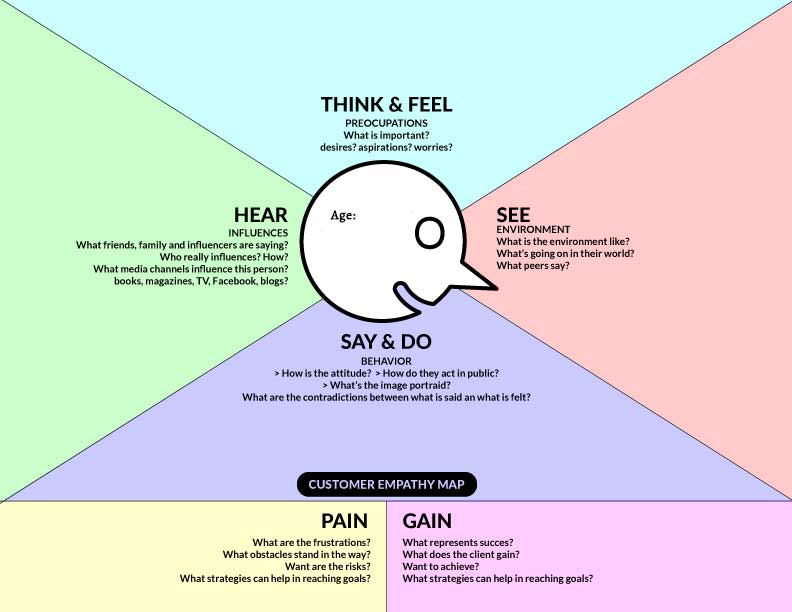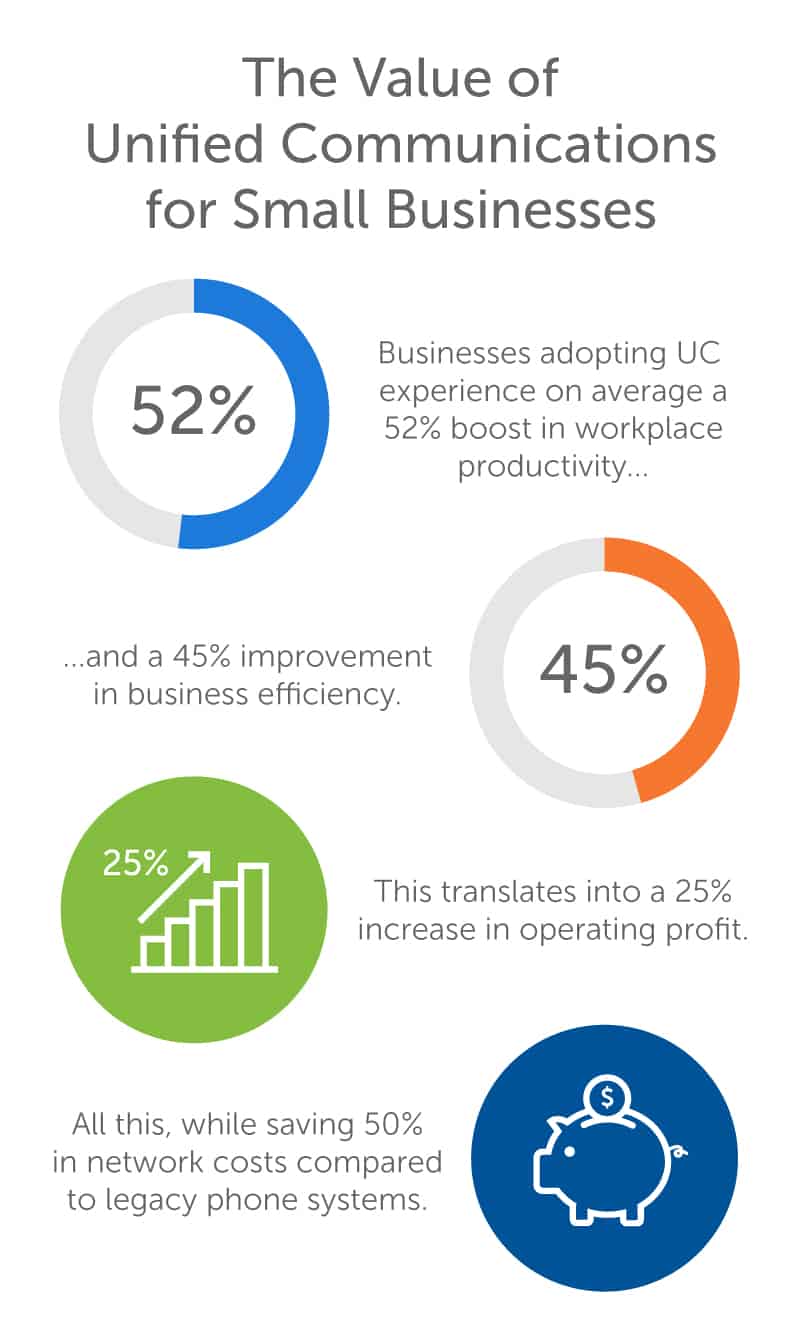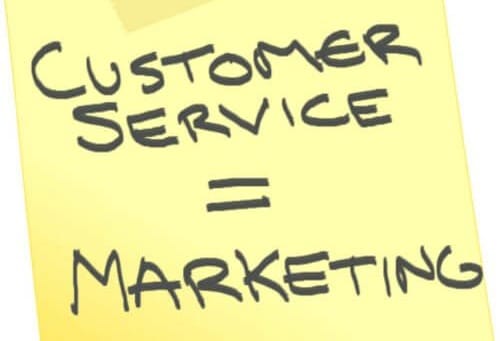How Service & Marketing Teams Can Boost Customer CX

The customer service and marketing teams in a company are often viewed as their own distinct departments. However, many modern businesses are starting to see the tide turning. With endless touchpoints and promotional tools, customer service and marketing teams begin to blur the lines in terms of output and responsibility. Often, the two departments are working toward the same goal, just on different paths.
Businesses of all sizes must begin altering old policies to allow the two teams to work alongside one another more naturally. Each department, after all, collaborates on projects to improve customer experience ultimately. When they do, it solves the age-old problem of one hand not knowing what the other’s doing; it also lets them make each other's jobs easier.
A lack of alignment of teams can cause friction between departments, which will eventually lead to problems for the customer.
Also, it eliminates the often maligned problems of marketing running a promotion without telling customer service or poor customer service resulting in social media complaints. With full transparency, you're removing the element of surprise.
Keeping the two departments separate has been prevalent for years, which is why bringing them together will entail a large scale effort for both teams. It doesn't mean a physically shared office space; it means a video conference, email chains, shared CMS, or using an audio conferencing service, and weekly check-ins. All of which does entail a lot of effort.
But, that effort can yield incredible results.
This same effort can be minimized, too, by connecting the teams over Voice over IP phone systems (VoIP). As well as a reduction in operating costs, you’ll be a much better-connected team, no matter where your marketing or service teams are based. That’s because VoIP connections are as fast as they are reliable, making staying connected easier than ever.
Latwer, we’re going to share a few ways joining customer service and marketing efforts can improve customer service.
Before we get there, though.
Advantages of Bringing Customer Service And Marketing Teams Together:
- Alignment of Brand - keeping your brand and service consistent on every channel, and every team always looks useful to customers.
- Foster Loyal Customers - with open communication through the departments, seamless customer interactions make it easier for customers. That should keep them coming back.
- Reduced Customer Churn - a study by Aberdeen found a 7.6 increase in customer retention when the two teams aligned. Such alignment allows them to work as a unit to strategize future campaigns or improve communication with customers (be it through social media support or email marketing), which ultimately leads to improved retention.
- A More Focused Goal of The Customer Experience - customer experience can mean something a bit different to every company and department. Keeping both teams aligned means creating a unified goal.
Now we know the why, here is the how:
Create a resource base
The customer support team is usually dealing with unhappy clients who may be struggling with the product or service on offer. Answering their issues promptly isn't always easy. Marketing can make this job simpler by creating a knowledge library to either help the customer service rep answer a query, or the customer find a solution they're looking for themselves.
Many companies have developed content laden mini-sites that link to their enterprise ecommerce ones. These help customers find the answers they're looking for, like a padded FAQ section. Customer support can help marketing identify common pain points and assist them with the solution, developing step-by-step instructions if relevant.

Source: Clarabridge
Improve buyer personas
Both marketing and customer support can benefit from refined customer personas. Both teams are always collating customer feedback and information. This data can be used to update the profiles that help you define your prospective audience.
Buyer personas are very useful in helping the departments to collaborate. If the customer service team notices a higher call percentage from a noted persona, that data informs marketing. They can then leverage a content strategy tailored towards that specific customer’s needs.
Share and improve KPIs
Both marketing and customer service have different KPIs, which, when you break it down, are about creating great customer experiences. It pays for both teams to consolidate their individual KPIs and discuss how they can unify their efforts to provide exceptional customer experiences. Doing so helps in the identification of KPIs, as well as in their monitoring.
Add empathy to marketing campaigns
Every interaction that your customer service team has with customers can be used to know more about the customer’s experience, revealing valuable information. This information can help marketers create content to speak to customers more empathetically. Every transaction can lead to a more meaningful customer interaction.
Marketing teams will know that marketing plans are not just tasks to be completed by day’s end. Instead, as an empathetic marketing team, your marketing plans must focus on who the customer intrinsically is, in order to be successful. To do this, gaining customer insights from the service team is invaluable. Generate marketing material that addresses customer concerns and wants, and if it all goes to plan, you won’t have to do much marketing at all.

Source: Orange Snowman
A better grasp on customer wins (and losses)
For marketers to understand customers better, they need to be attentive to them whenever your brand is in contact with them. However, the opportunity for one on one connection between those in marketing and actual customers is rare. Not so with customer service.
The potential rewards for better understanding are great: your business can increase customer loyalty and bring in new customers through positive word-of-mouth endorsement. There are three ways a company can know its customers better. One is to put yourself in a customer’s shoes and look at your operation from their point of view. The second is to collect and study data to shed more light on their buying behavior. And the third is just to ask them what they think.
All three things are in a customer service representative’s mandate, and by doing all three, they’ll have an intimate understanding of who it is a marketer is targeting. Working in conjunction here is where you’ll truly know not just the who of your marketing efforts, but the why.
Unify your messaging
When a prospect or a customer has questions about a marketing campaign, chances are they’ll get in touch with customer support. It’s usually the most accessible number to find on your website or when someone Googles your name. If they search "how to find a business phone number" for your brand, it’ll be the customer service line they find.
But what if your customer support team has no idea about a giveaway or is looking for a link to a webinar that they have no idea is taking place? The customer’s going to hang up the phone, wondering why they got in touch with such a headless operation in the first place. This is why it’s crucial customer service teams are informed about what marketing is up to. That way, they’re well equipped to answer any queries that may appear as a result of marketing efforts.
They should know where on a website content is located, be readily armed with links and FAQ answers, and be linked to sales resources and your inventory management system to ensure what you’re selling is still in stock!
If marketing launches a promotion, then it’s up to them to equip customer service with the tools to handle the blowback and incoming leads as a direct result of it. Communication in any business environment is critical, but it’s especially true when launching a campaign or a webinar that may result in new customer questions.

Source: Sangoma
Improve social media outreach and support
Most, if not all, marketing teams utilize social media platforms to provide customer service and not just as promotional tools. But does your business's social media team know how to handle and answer customer complaints as efficiently as someone working in the customer service team?
The answer is probably not. Customer service's role is to know your offering in and out and be able to provide tailored and speedy solutions to an issue, armed with the right training and resources. Thus, they're the best people for the job. Especially if you provide something complicated like ATS software, which will need nuanced explanation.
Evidently, your marketing team needs to handle most of the social media activity; that doesn't mean people from other departments should be locked out. There's no point in providing a lesser customer experience because you want "social" to remain a marketing endeavor.
The good news is there are many tools that make this possible. Using a third-party social media management tool lets both teams collaborate, allowing customer queries or complaints to be easily filtered through to the right person at the right time. The onus is on you to create a system with a shared inbox that incorporates both teams with the proper access to perform the right duties.
Create better content
Your customer service team spends their working day on the phone and over email talking to the people your marketing team is trying to reach. If the two begin collaborating on new content ideas, generating this content becomes slightly more manageable. The content is made for these same people in the first place, so why don't those on the front-line have a hand in crafting it?
If marketing teams sit in on client calls, they'll get an idea of issues customers are facing. This can then form the bedrock of new content generation.
Content creation is one of the most vital aspects of the marketing process, so the fact that customer support assists in this area makes it pretty evident that the two sectors have a lot in common.
By incorporating AI-generated videos, marketing teams can convert frequently asked questions and common concerns into engaging video content, ensuring customers receive clear, visually appealing solutions.

Source: Gulf content
Break down the walls of communication between content creators and customer service. Consider setting up regular meets to share information about customer issues and brainstorm a content approach to help. At the same time, if a customer service rep thinks of a content idea, then they should share it, even if it’s a rough concept and needs much more refinement.
Identify brand advocates
While most customer service communications deal with negativity, there are instances where a customer has only positive things to say. They may endorse your products, or use them in a way that would work as a good case study.
Marketers love third-party endorsement as it’s perhaps the best way to prove that what you’re selling or offering works. So, it’s imperative customer service teams communicate these interactions with the marketing team, who can then take it further.
Testimonials can be used on emails, presentations, landing pages, and more. The marketing team can communicate the type of customer story they’re looking for, and the customer service team can gather this information over the phone or on email and pass it on once they have it.
Better product marketing
A customer success team would be better in tune with how people are making use of your products or your services. This may not be the way that marketing thinks they do, or at least, how they market their idea of usage. Meetings between the two departments will help negate instances of a company marketing a feature or a service that’s rarely used, or used differently.
Or, the customer service team is learning that clients have found a different way to utilize a service that marketing isn’t talking about. This sort of collaboration helps inform tomorrow’s marketing initiatives and the content that goes with it.
Marketing your customer service abilities
With seemingly every marketplace saturated, how a business treats its customers has increasingly become a significant differentiator. It’s a huge reason someone may choose you over a competitor, above price points and product range.
If your customer service team is providing excellent service, then this is undoubtedly worth promoting. Meaning, more collaboration between the two departments, as marketing may not pick this up on their own.
Marketing materials can include reviews of service, and explain why it’s different. This answer comes from marketing engaging with service representatives to understand the process they follow fully.

Source: Woveon
Having good collaboration between customer service and marketing isn't something you should merely aspire for, it should be something actively encouraged and initiated. This connected workforce can only lead to better customer experience, with both departments leveraging their unique knowledge and skill sets to refine the others' processes and approaches. As both spend more time together, you'll unlock new ways of serving your current clients and bolster your future sales prospects as well.
Author's Bio:
John Allen, Director, Global SEO at RingCentral, a global UCaaS, VoIP and integrated meeting solutions provider. He has over 14 years of experience and an extensive background in building and optimizing digital marketing programs. He has written for websites such as Vault and Toolbox.